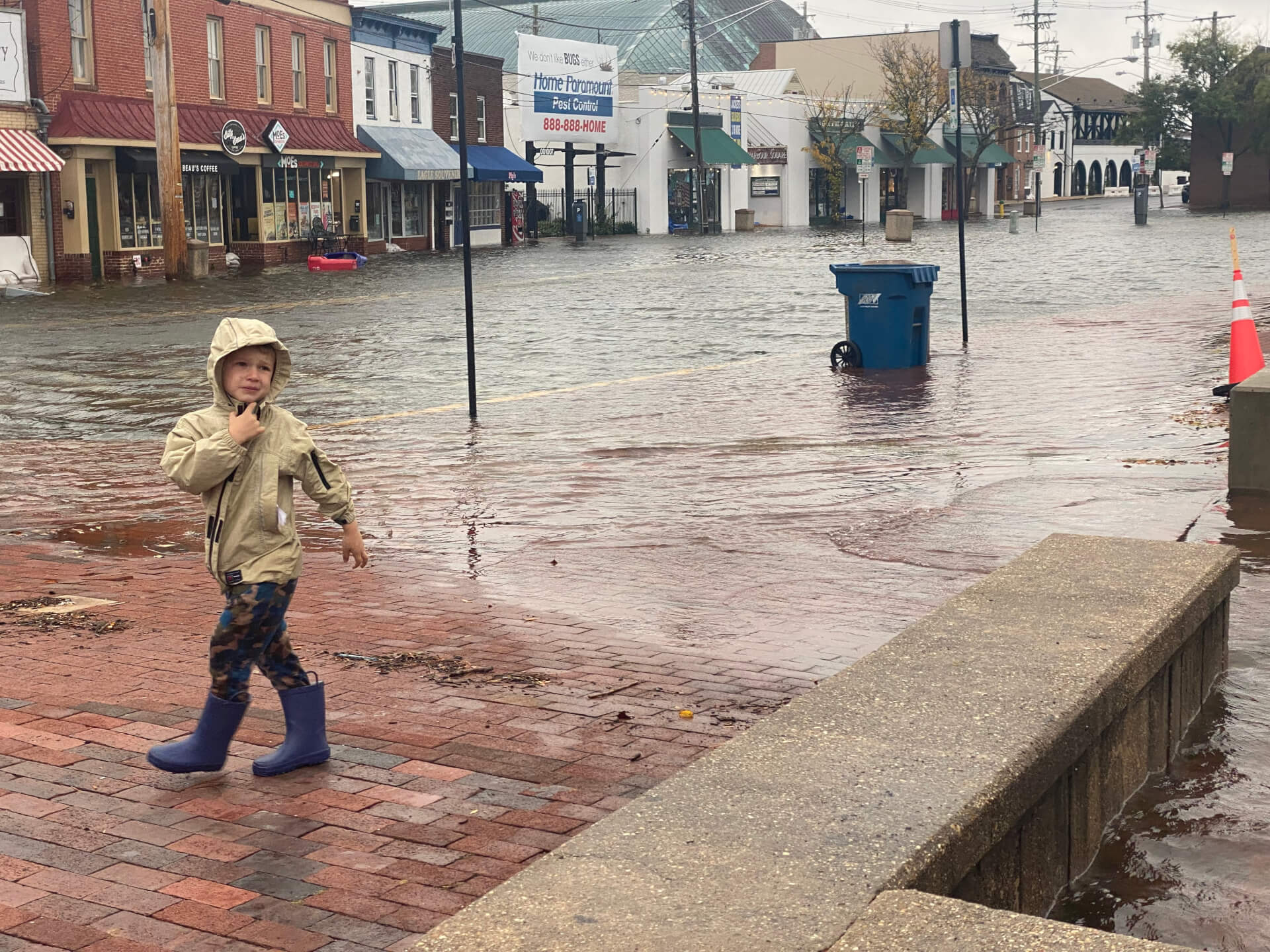
By Dr. Alex Pavlak
The writer is an engineer and the chair of the Future of Energy Initiative, whose mission is facilitating the development of sustainable energy systems.
I agree with Josh Kurtz (Maryland Matters, Jan. 5) that the Maryland Department of the Environment’s climate plan is comprehensive but lacks a sound strategy. Strategy is long term, not short term. While the plan’s tactics are sound, it does not have a strategic vision of what a net-zero Maryland looks like. How do the key pieces fit together? The basic weakness here starts at the top with goals.
Maryland’s climate goal is a 60% reduction in carbon emissions by 2031 on the way to net-zero greenhouse gas emissions. But how do we know that the technologies chosen to achieve 60% do not interfere with the ability to reach 100%? Maryland’s plan is like saying that we will start building the first 60 stories of a 100-story skyscraper and then worry about the whole building design later.
Maryland needs a clear competent vision of net-zero before we set interim goals and commit serious money. Today we need demonstrations, more data, modeling, and analysis. A particularly thorny political issue is a rational comparison of intermittent generation and new nuclear.
And why the push for net-zero by 2045? In recent years, it has become clear that Maryland’s primary climate threat is sea level rise. NOAA’s projection of a 3.5-7 feet rise by 2100 grabs our attention. While this is a global concern requiring global solutions, Maryland’s contribution to the world’s energy consumption is less than 0.1%. Even if Maryland were to decarbonize tomorrow, our impact on sea level rise would be negligible.
Instead of fixating on an ambitious date, Maryland should concentrate on showcasing effective system solutions that can be exported worldwide through limited scope full-scale demonstrations. While net-zero is an essential long-term goal, setting an aggressive date without proven systems, risks bad guesses based on insufficient evidence. Bold, unprecedented leaps often result in failure with unfortunate consequences. Managing risk through a disciplined, incremental approach is a more sensible alternative.
Recognizing that electric power is crucial to achieving net-zero, our models suggest that proven technologies can enable clean electric power systems without drastically altering its architecture. Maryland’s current architecture consists of capital-intensive baseload generators coupled with inexpensive peaker generators (see figure). Switching to new-nuclear baseload and non-fossil fueled combustion turbines (peakers) makes this a low-cost net-zero system configuration.
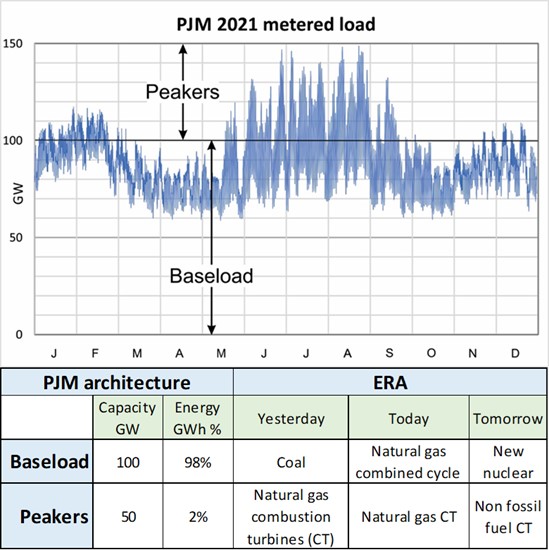
Models teach us that the problem with wind and PV is that once total fossil fuel backup capacity drops below intermittent generation capacity, the cost of managing intermittency becomes unaffordable. Hydo would make a difference, but PJM, our local integrated system operator, has little hydro. Super cheap long term storage would help, but there is no proven technology. Without unforeseen breakthroughs, intermittent generation is incompatible with simple net-zero systems and may have only a marginal role on a net-zero PJM system.
It is time to reassess goals and evaluate methods. An audit of the state’s Renewable Portfolio Standard would be useful, as early results of Maryland’s 100% study suggests that the RPS is not an effective decarbonization policy. Maryland has not built an in-state wind turbine in over six years and solar is underperforming. Are renewable energy credits effectively reducing emissions or are compliance payments just driving up costs?
Establishing a center of excellence for electric power system analysis would aid informed decision-making. Maryland should invest in analytic skills to at least distinguish between effective and ineffective modeling, especially in the realm of intermittent generation.
Maryland’s natural role is to support limited scope full scale demonstrations, pilot systems, to resolve unknowns. Initiatives such as new-nuclear education, feasibility studies, and full scale concept demonstrations in sectors like vehicles, small modular nuclear reactors, building HVAC, and district heating are important for gathering data and making informed decisions.
History cautions that civilizations collapse when society fails to realistically respond to its problems. After 20 years of decarbonizing, Maryland’s real progress has come from cheap natural gas displacing coal plants and by federal vehicle emissions policy. It is time to reflect, to refine goals, to integrate lessons learned, and to establish a more robust factual basis for policy.
Editor’s note: The Senate Committee on Education, Energy and the Environment is being briefed on the Moore administration’s climate plan on Wednesday at 1 p.m.

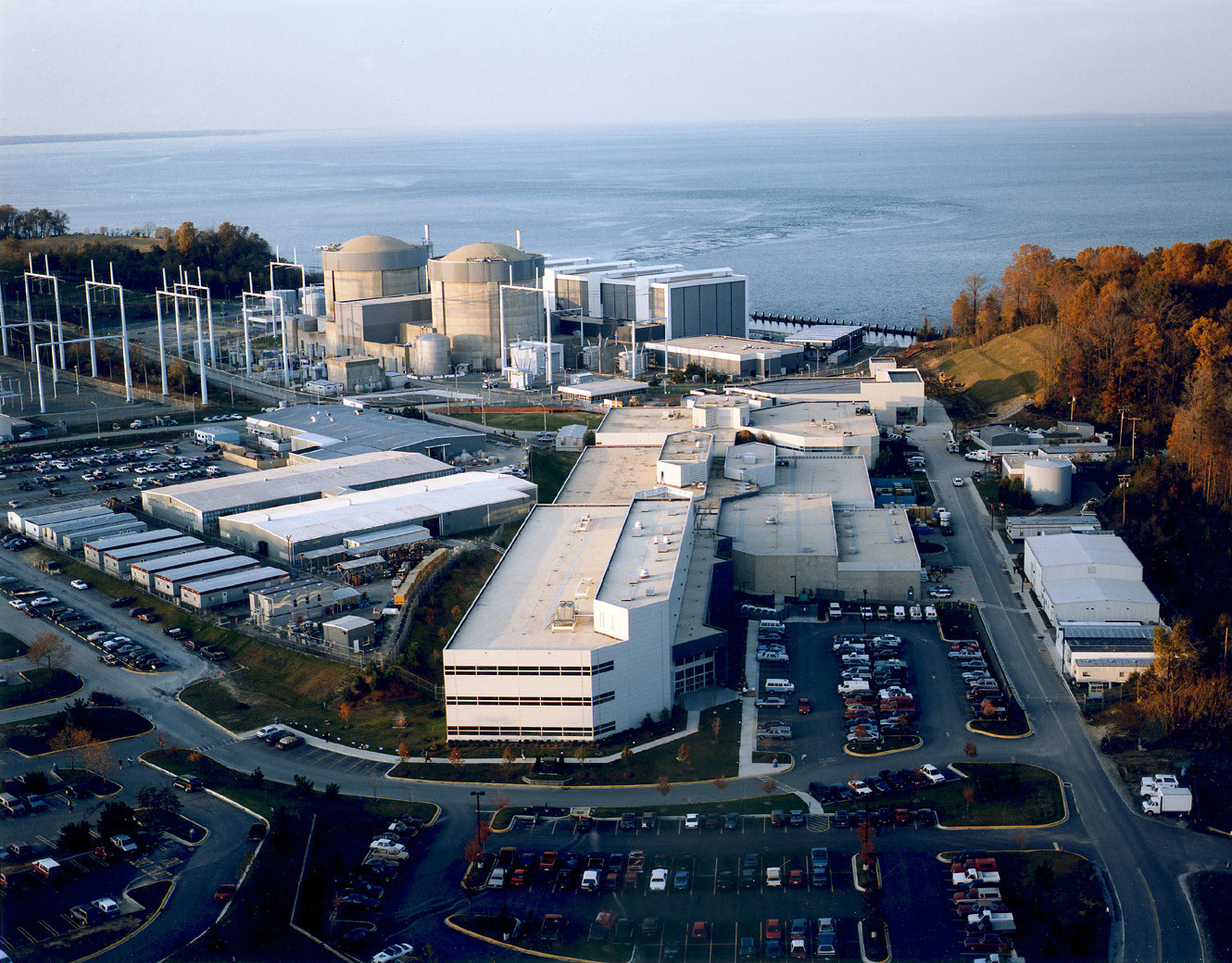
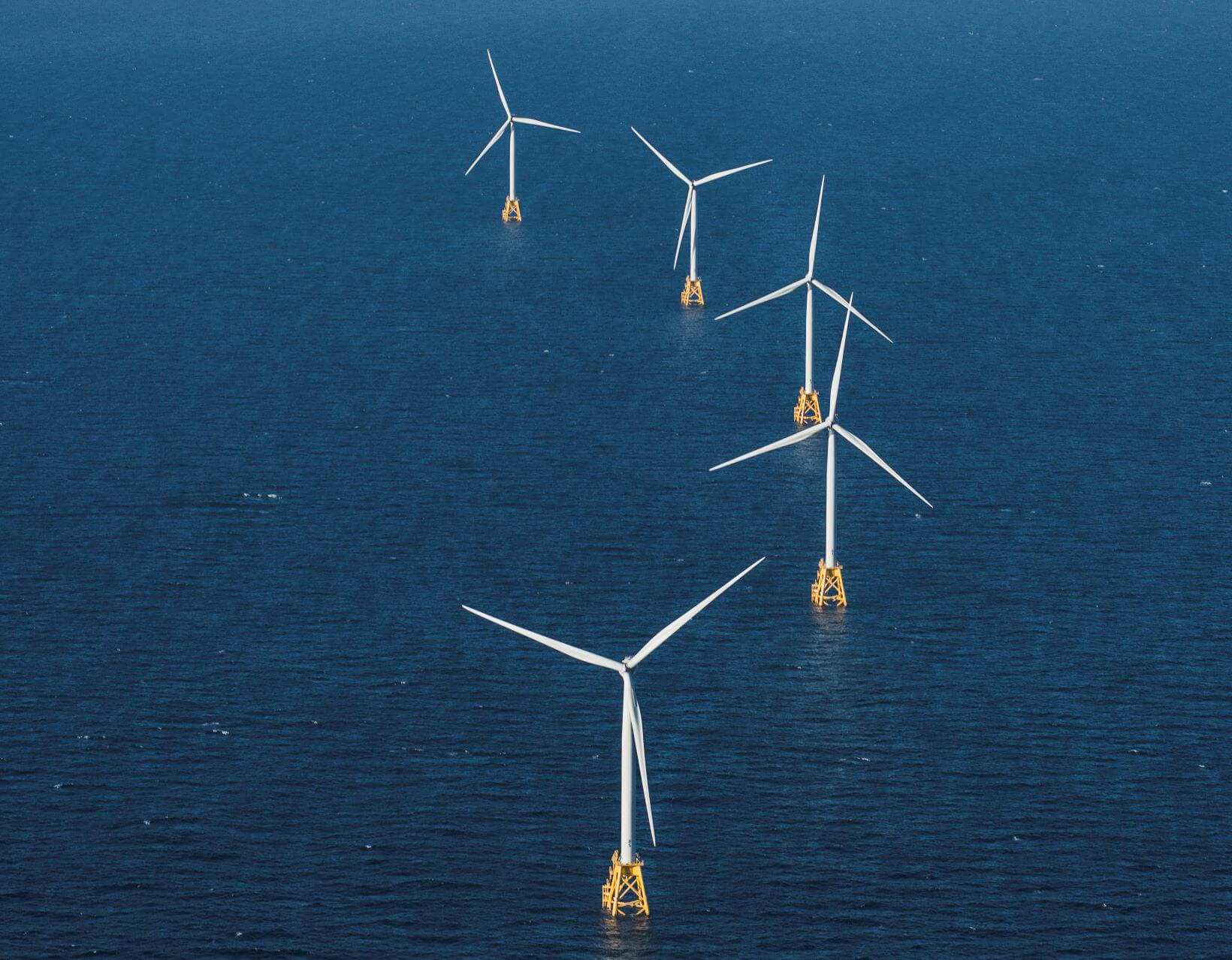
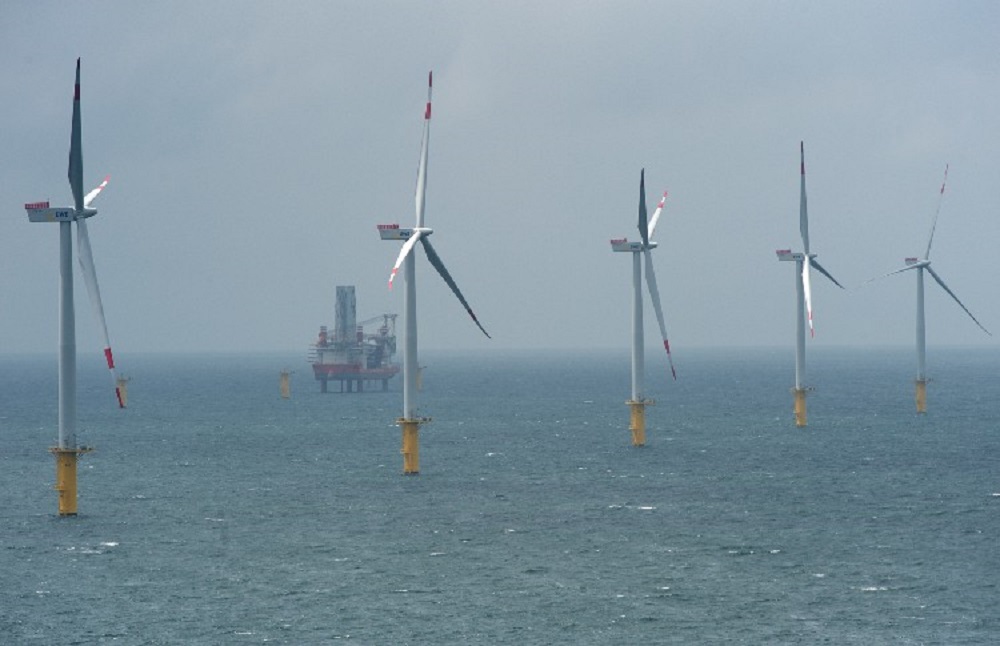
 Creative Commons Attribution
Creative Commons Attribution